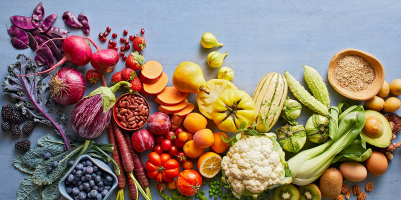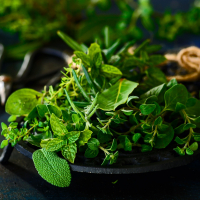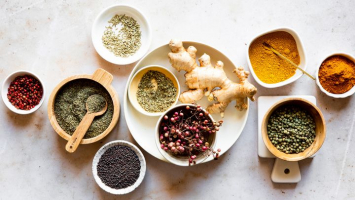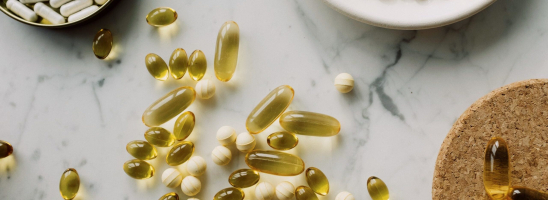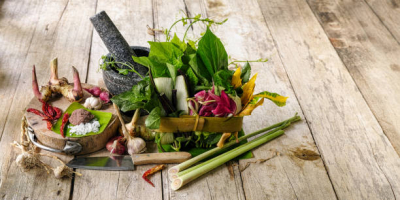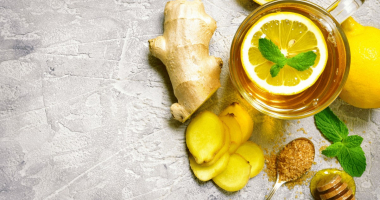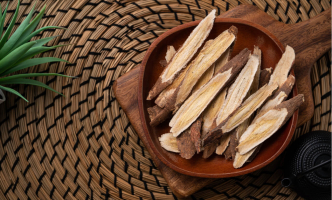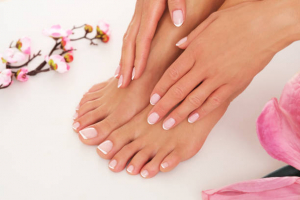Top 6 Best Herbs and Natural Supplements for UTIs
One of the most prevalent categories of bacterial infections globally is urinary tract infections (UTIs). More than 150 million people are thought to get UTIs ... read more...every year. Although occasionally other pathogenic bacterial kinds may be involved, E. coli is the most frequent form of bacterium that cause UTIs. Consult your healthcare professional as soon as you can if you think you might have a UTI. What may first seem to be a minor infection can swiftly worsen and even become lethal if ignored over an extended period of time. The best herbs and natural remedies for preventing and treating minor UTIs are listed below.
-
Simple sugars like d-mannose are widely used to both prevent and cure minor UTIs. It may be found naturally in many foods, such as cranberries, apples, and oranges, but when used as a UTI treatment, it is often taken as a powder or tablet. Not much is known about how D-mannose works, but many experts believe it inhibits the ability of certain infectious bacteria to adhere to the cells of your urinary tract, making it easier for them to be flushed out before they can make you sick. To find out whether D-mannose can effectively cure or prevent UTIs, more study is required. A few tiny studies, nevertheless, have shown some encouraging findings.
In a 2016 research, 43 women with active UTIs and a history of recurrent UTIs were examined to determine how D-mannose affected them. D-mannose was administered to research participants twice daily for the first three days, then once daily for the next ten days. About 90% of their illnesses were gone within 15 days. Despite the positive results, the study's design had some flaws because of the limited sample size and the absence of a control group. The efficacy of a daily 2-gram dosage of D-mannose and a typical antibiotic used to prevent UTI recurrence were evaluated in a 2013 trial including 308 women.
Results showed that D-mannose was equally efficient as the antibiotic in preventing UTI recurrence after six months, and it was linked to fewer adverse effects. D-mannose administration generally doesn't carry significant health hazards. Mild diarrhea is the adverse symptom that is most often reported. D-mannose, however, is a form of sugar, thus it might not be suitable for those who have trouble controlling their blood sugar levels. Although the majority of the existing studies have safely tested D-mannose dosages of 1.5–2 grams up to 3 times per day, there is presently insufficient information to identify an optimal dose.
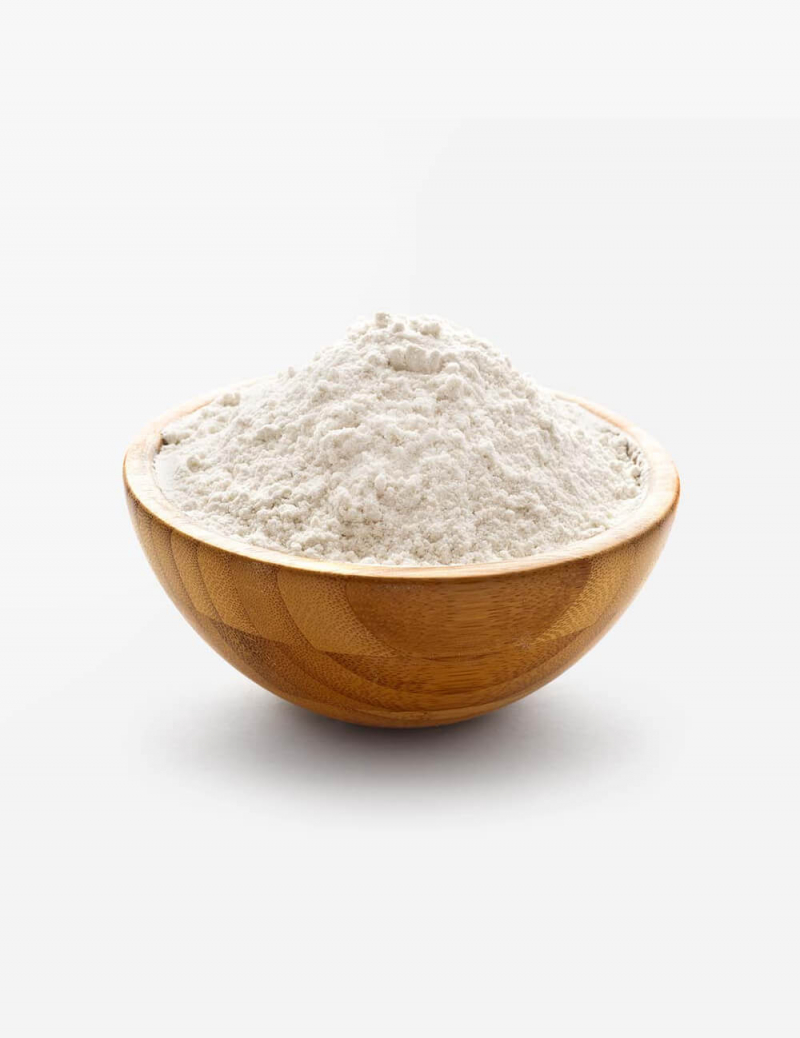
D-mannose 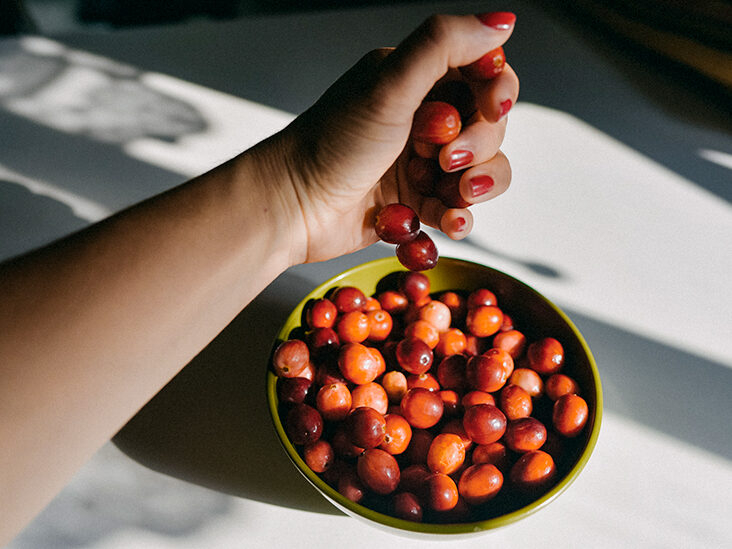
D-mannose -
Arctostaphylos uva ursi, also known as bearberry leaf, is another name for uva ursi, a herbal treatment for UTIs that has long been utilized in traditional and folk medicine. It comes from a particular kind of untamed flowering shrub that grows all throughout North America, Asia, and Europe. Bearberry leaf is a plant whose leaves are used to manufacture herbal medicine and whose berries are a favorite feast for bears. Following harvest, the leaves can be dried and infused to produce tea, or leaf extracts can be taken as capsules or tablets.
Although there is no current evidence to support the use of uva ursi to treat UTIs, numerous chemicals found in the plant have shown strong antibacterial properties in trials conducted in test tubes. Due to its antibacterial impact on E. coli, one of the most prevalent causes of UTIs, arbutin is the primary chemical credited with uva ursi's UTI-healing ability. Uva ursi supplementation with dandelion root was found to significantly prevent UTI recurrence when compared to a placebo in an older trial including 57 women. When administered as a therapy for active UTIs, uva ursi and a placebo showed no difference in a more recent trial including over 300 women.
According to the available evidence, uva ursi is generally considered to be safe at dosages of 200–840 mg hydroquinone derivatives, computed as anhydrous arbutin, per day. However, due to the possible danger of liver and renal damage, its long-term safety has not been demonstrated, and it should not be used for more than 1-2 weeks at a time.

Uva ursi (bearberry leaf) 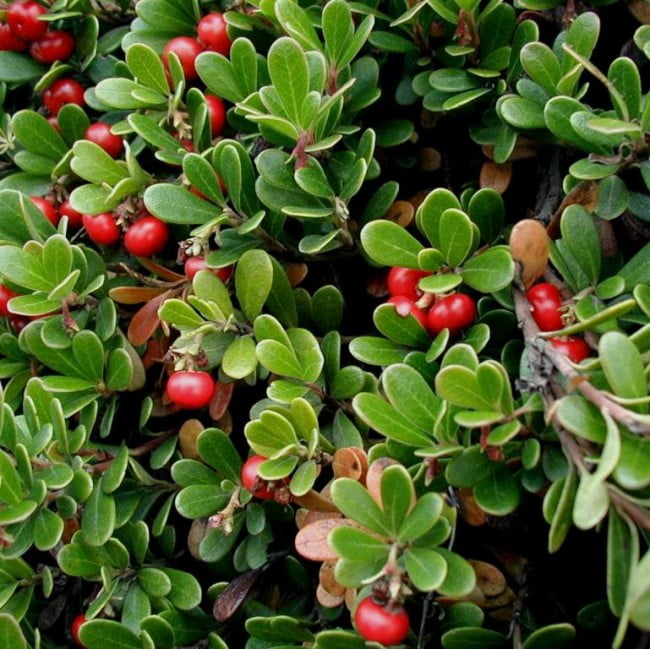
Uva ursi (bearberry leaf) -
A well-liked herb, garlic has a long history of usage in both traditional culinary and medical procedures. It's frequently used medicinally to treat a variety of bodily maladies, such as bacterial, viral, and fungal infections. Allicin, a sulfur-containing molecule found in garlic, is typically thought to be responsible for its medicinal properties. Allicin has potent antibacterial properties against a range of contagious, UTI-causing bacteria in test-tube investigations, including E. coli. Garlic may be an alternate therapy for treating UTIs in people, according to further evidence from individual case reports, however, there is a lack of robust studies to support these findings.
Before any firm conclusions on the efficacy or optimum dosage of garlic can be made, further, well-planned research is required to better understand the role it may play in the treatment and prevention of recurrent UTIs. Although garlic can be eaten whole and raw, supplementary amounts are often supplied as extracts and taken as capsules. The majority of people are probably safe using garlic supplements, although side effects including heartburn, foul breath, and body odor might occur. Garlic supplements can cause allergic responses in some people, so you should avoid them if you have ever had allergies to garlic or other closely related plants, such as onions or leeks. These supplements may increase your risk of bleeding and can interact with some medications, such as blood thinners and certain HIV drugs. If you’re taking any such medications, talk to your healthcare provider prior to using garlic to treat your UTI.
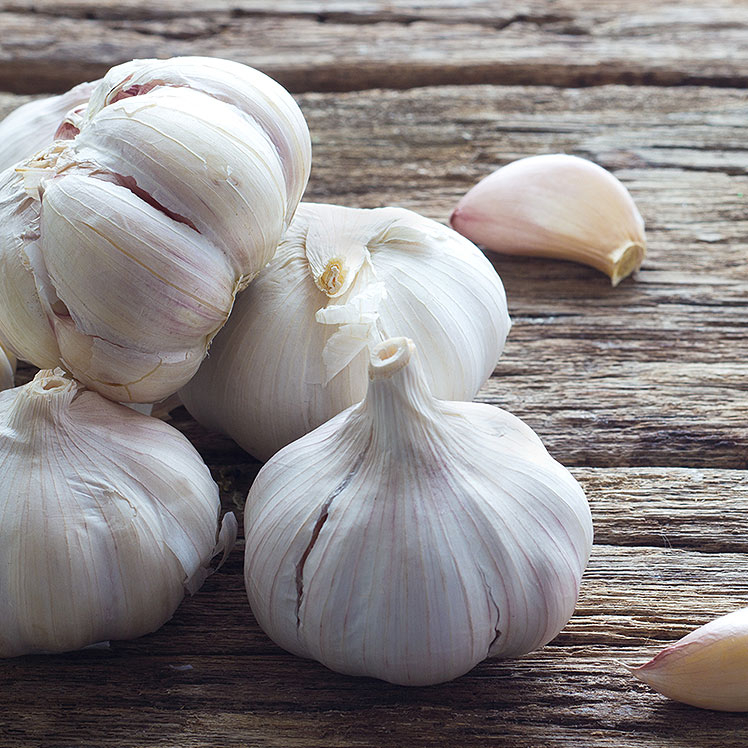
Garlic 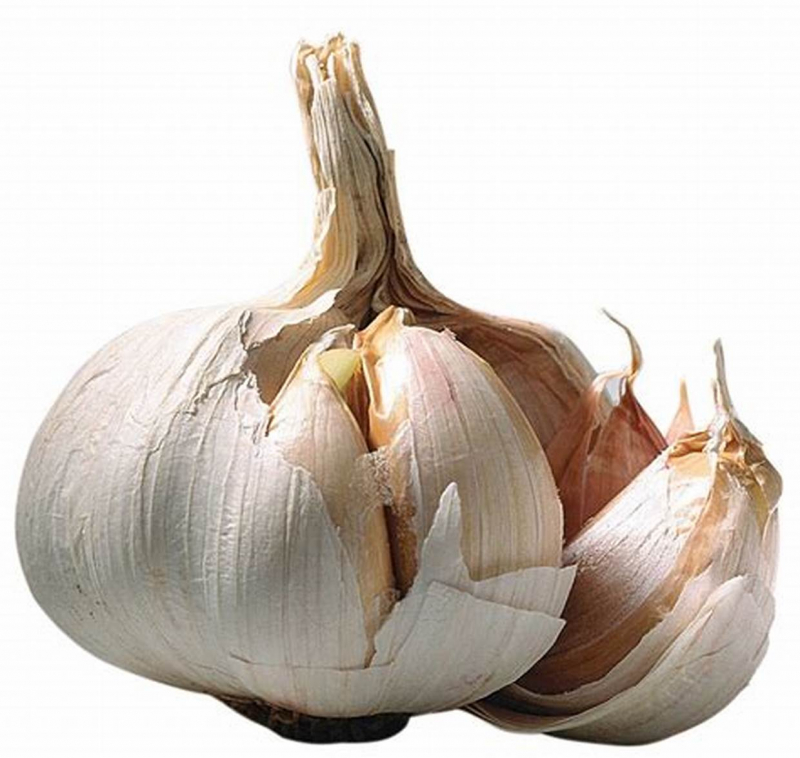
Garlic -
Juices and extracts made from cranberries are among the most often used natural and alternative remedies for UTIs. D-mannose, hippuric acid, and anthocyanins are just a few of the many chemical substances found in cranberries that may reduce the ability of harmful bacteria to cling to the urinary system, thwarting their growth and capacity to cause illness. Cranberry protects UTIs, as shown in test-tube and animal studies, while human research has shown far less convincing evidence. There is insufficient data to prove that cranberry products have these benefits, according to a 2012 assessment of human trials on their capacity to cure and prevent UTIs.
The study's authors did remark that it was challenging to draw firm conclusions from several of the trials due to their poor design, lack of a uniform dose, and use of different cranberry products. Another 2019 study found that while cranberry medication may, in some situations, help reduce the frequency of UTIs and UTI symptoms, it is not as effective as other ways of treatment such as D-mannose and the antibiotic fosfomycin. Although cranberry pills and drinks are generally harmless, some persons may have gastrointestinal distress. Additionally, prolonged usage may raise your chance of kidney stone development. Additionally, consuming too many calories from cranberry juice may promote unneeded weight gain, and taking too many cranberry supplements may conflict with some blood-thinning drugs.
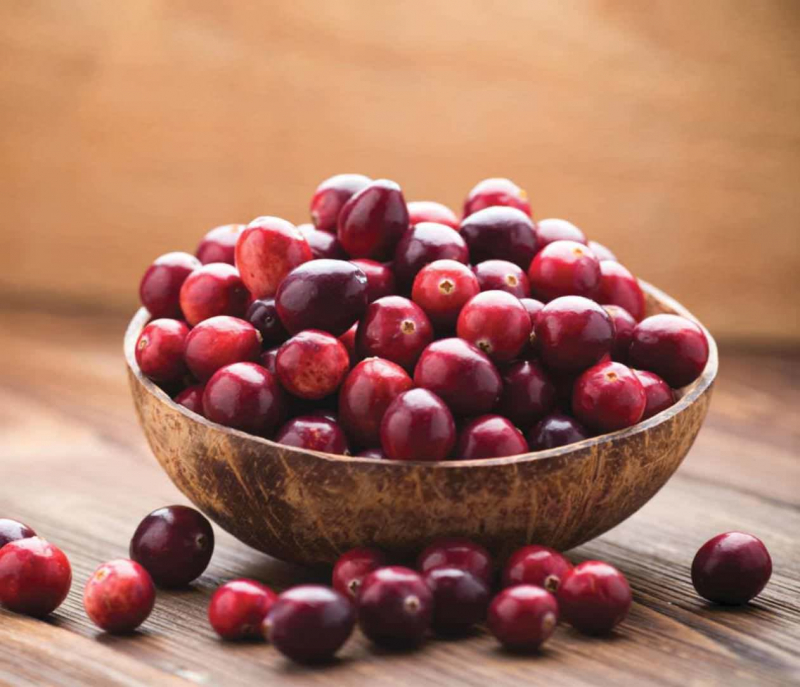
Cranberry 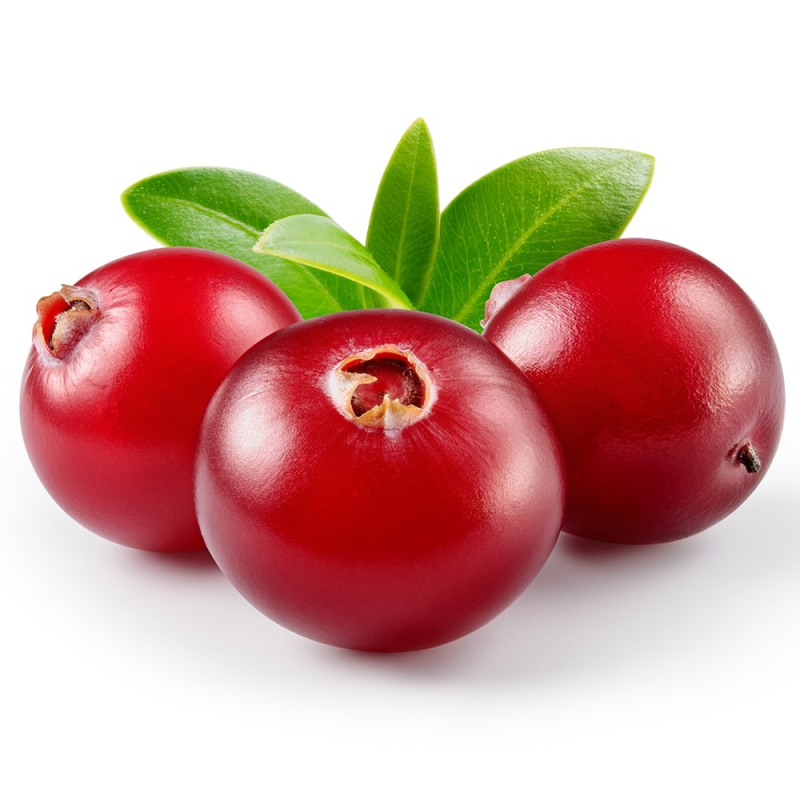
Cranberry -
The leaves of the Camellia sinensis plant are used to make green tea. It has been utilized for ages in a range of traditional medical procedures due to its extensive pharmacological potential. Polyphenols are a class of plant chemicals that are abundant in green tea and are well-recognized for their potent antibacterial and anti-inflammatory properties. In test-tube studies, the green tea ingredient epigallocatechin (EGC) has shown strong antibacterial activity against E. coli strains that can cause urinary tract infections (UTIs). According to several studies conducted on animals, certain common antibiotics used to treat UTIs may work more effectively when used with green tea extracts that include EGC. However, there isn't enough human research to determine if green tea may treat and prevent UTIs.
A brewed cup of green tea (240 mL) has around 150 mg of EGC in it. Although this notion hasn't been tested in humans yet, current research suggests that as little as 3-5 mg of EGC may be sufficient to help limit bacterial growth in the urinary tract. Most individuals may safely consume green tea in moderation. But coffee naturally includes caffeine, which can cause restlessness and poor sleep. Additionally, if you have an active UTI, taking coffee may make your physical symptoms worse. As a result, you might want to use decaffeinated green tea items. Although liver problems have been related to high doses of green tea extract supplements, it is unknown if the supplements themselves are to blame.
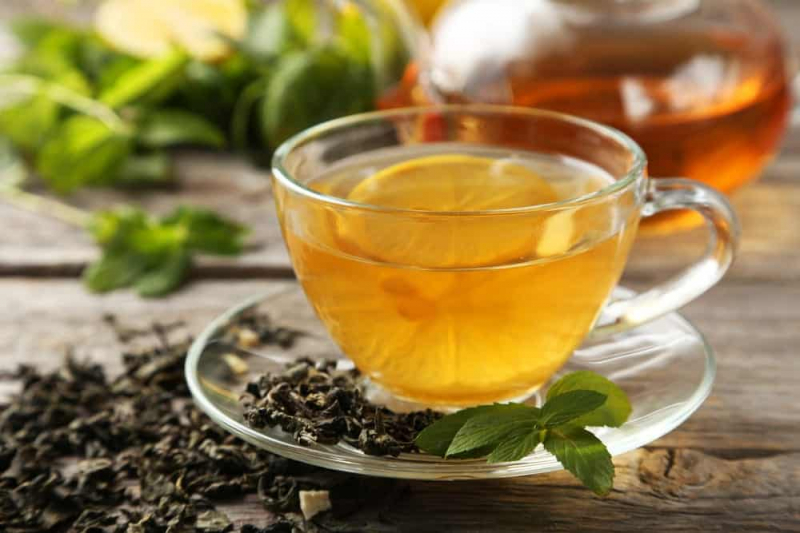
Green tea 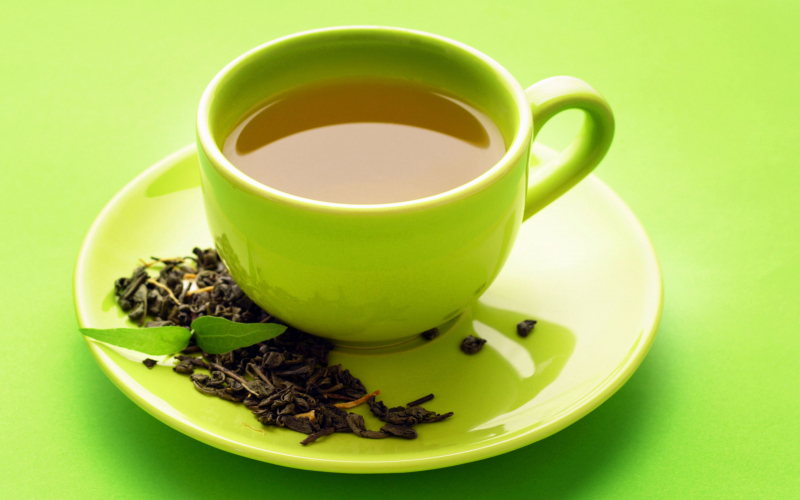
Green tea -
Mild diuretic properties of parsley are thought to aid in the removal of UTI-causing germs from the urinary system. According to two case studies, parsley tea, garlic, and cranberry extract all worked together to keep UTI recurrence at bay in female patients with recurrent UTIs. To ascertain whether these outcomes can be repeated in bigger groups, additional analysis is required.
In herbal therapy, chamomile tea is used to treat a variety of medical conditions, including UTIs. Similar to parsley, chamomile includes plant components with anti-inflammatory and antibacterial qualities as well as having a modest diuretic impact. More study is required, however, it is believed that these characteristics can help lower inflammation, restrict bacterial development, and clear the urinary tract of pathogenic microorganisms.
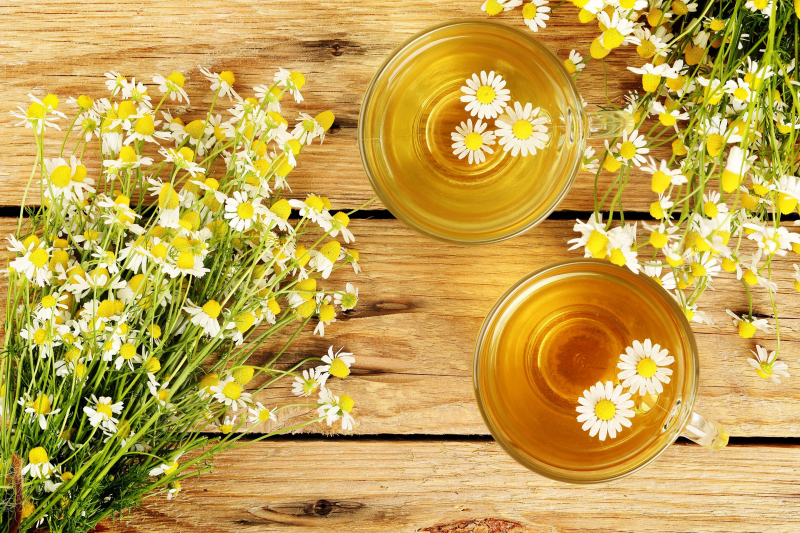
Chamomile tea 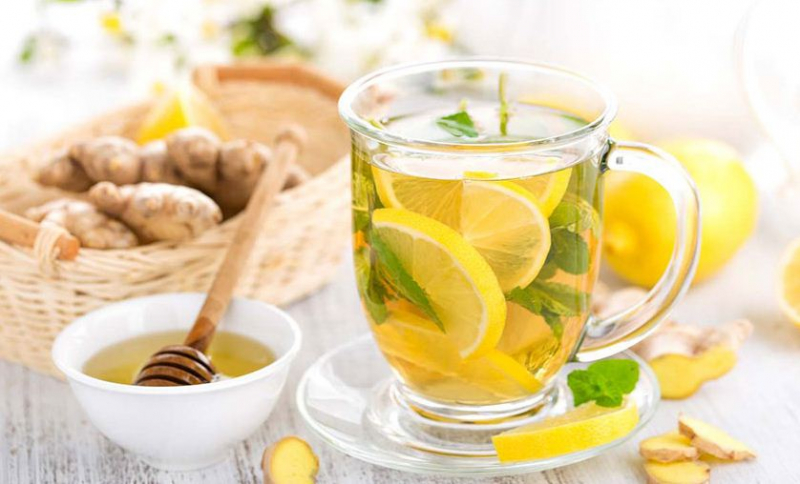
Parsley tea









